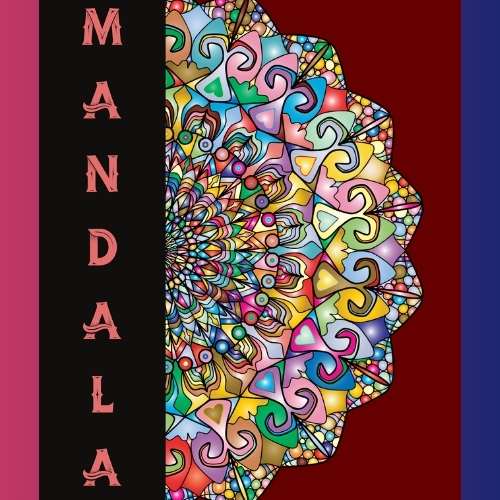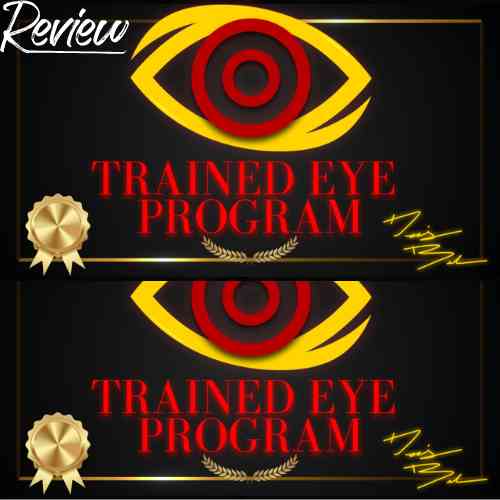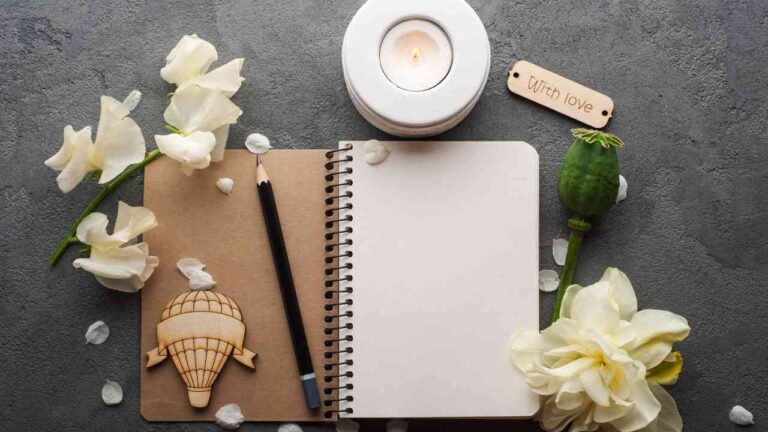Key Takeaways
- A Mindfulness Toolkit is a collection of tools and techniques to help you stay present and calm.
- Breathing techniques, mindful journaling, guided meditations, body scans, and mindful walking are powerful tools to include.
- Mindfulness reduces stress, improves focus, and boosts emotional health.
- Consistency is key—practice regularly to see lasting benefits.
- Personalize your toolkit to suit your needs and preferences.
Introduction
Have you ever felt overwhelmed by the chaos of daily life? Maybe you’ve struggled to focus, felt your stress levels skyrocket, or simply wished for a moment of peace in a busy world. You’re not alone. In today’s fast-paced society, finding calm can feel like an impossible task. But what if we told you there’s a way to reclaim your peace of mind? Enter the Mindfulness Toolkit—a collection of simple, effective tools designed to help you calm your mind, reduce stress, and live more intentionally.
In this guide, we’ll walk you through five life-changing tools that can transform the way you approach mindfulness. Whether you’re new to mindfulness or looking to deepen your practice, this Mindfulness Toolkit is your ultimate resource. Let’s dive in.
What is a Mindfulness Toolkit?
A Mindfulness Toolkit is a set of practical tools, techniques, and strategies that help you cultivate mindfulness in your daily life. Think of it as a Swiss Army knife for your mental well-being. It’s not about achieving perfection but about creating small, consistent habits that help you stay present and grounded.
Mindfulness itself is the practice of paying attention to the present moment without judgment. It’s about noticing your thoughts, feelings, and surroundings with curiosity and kindness. By using a Mindfulness Toolkit, you can make this practice a seamless part of your routine.
Why You Need a Mindfulness Toolkit
Life is unpredictable. From work deadlines to personal responsibilities, stress can creep in at any moment. A Mindfulness Toolkit equips you with the tools to handle life’s challenges with grace and resilience. Here’s why it’s essential:
- Reduces Stress: Mindfulness helps regulate cortisol levels, the hormone linked to stress, reducing feelings of anxiety and overwhelm. Regular practice can create a sense of calm, helping you navigate challenges with a clearer and more composed mind.
- Improves Focus: Training your mind to stay present minimizes distractions and enhances your ability to concentrate on tasks. This results in improved productivity, better decision-making, and a greater ability to manage multiple responsibilities without feeling overwhelmed.
- Boosts Emotional Health: Practicing mindfulness fosters self-awareness, allowing you to recognize and regulate your emotions more effectively. It helps reduce negative thought patterns, promotes a positive mindset, and encourages emotional stability during difficult situations.
- Enhances Relationships: Being fully present in conversations deepens connections with others, fostering empathy and understanding. Mindfulness improves active listening, reduces reactive responses, and strengthens bonds by allowing you to engage more meaningfully with those around you.
Top 10 Mindfulness Tools in Your Toolkit

1. Omi The Elephant Meditation Toy
Omi The Elephant Meditation Toy (4.6/5 stars, 331 ratings) helps kids practice mindfulness through guided breathing exercises. Designed for emotional regulation, it offers four interactive modes to reduce stress, improve focus, and promote relaxation. This cuddly toy supports brain development, enhances self-control, and encourages positive thinking, making it a perfect companion for mindful kids.

2. The Original Buddha Board Art Set
The Original Buddha Board is a 4.7-star rated mindfulness painting set inspired by Zen philosophy. It includes a 12″x9.5″ water board, a bamboo brush, and a stand. Using only water, it allows you to create temporary art that fades as it dries, promoting relaxation and mindfulness. Eco-friendly and reusable, it’s a perfect stress-relief gift.

3. KOMUSO Breathing Necklace
The Komuso Breathing Necklace Classic Shift (4.2/5 stars, 204 ratings) is an expert-designed tool for stress relief, mindfulness, and quitting smoking. Made of medical-grade stainless steel, it slows exhalation to promote calm. Available in four colors, it includes a gift box, storage pouch, and a free $40 mindfulness course.

4. Breathing Buddha Tool
The Mindsight ‘Breathing Buddha’ Guided Visual Meditation Tool (⭐4.5/5, 1,423 ratings) helps reduce stress and anxiety through guided breathing exercises. It features three breathing modes, a calming night light, and soft silicone design. Ideal for adults and kids, it promotes mindfulness and relaxation. Long battery life lasts two months with daily use.

5. Visual Mindful Meditation Cube
The Visual Mindful Meditation Grounding Cube is a 5.0-star rated mindfulness tool designed to relieve stress, anxiety, and emotional pain. It features 9 grounding techniques (mental, physical, and soothing), a durable design, and a portable size for easy use anywhere. Ideal for teens and adults, it makes a thoughtful self-care gift for emotional well-being.

6. Woodstock Wind Chimes
The Woodstock Wind Chimes Zenergy Solo Hand Chime (7″) is musically tuned for meditation, yoga, and mindfulness. It emits a beautiful, clear tone when tapped with the included mallet. Crafted from cherry-finish ash wood and polished aluminum, it’s perfect for classrooms, healing, and as a gift. Rated 4.8 out of 5 stars with 6,829 ratings. Priced at $12.99.

7. The Mindfulness Toolbox Book
The Mindfulness Toolbox: 50 Practical Tips, Tools & Handouts for Anxiety, Depression, Stress & Pain by Donald Altman offers over 40 practical, evidence-based mindfulness tools for clinicians. It provides strategies for addressing negative thoughts, habits, and stress, along with guided scripts and reproducible handouts. This book holds a 4.6/5 rating on Amazon and 4.1/5 on Goodreads.

8. LOVETUNER Mindful Meditation Necklace
The LOVETUNER Mindful Breathing & Meditation Tuning Necklace, rated 4.2 out of 5 stars from 1,869 reviews, is a mindfulness tool that helps reduce stress and promote calm through sound and breathwork. It aligns with the 528 Hz “Love Frequency” for relaxation and overall well-being. The set includes a tuning necklace, cord/ball chain, gift box, and instructions.

9. Mandala Coloring Book
The Mandala Coloring Book is a comprehensive digital product designed to promote creativity and relaxation. With 1400+ beginner-friendly designs, it offers hours of fun and stress relief. Its large-print format makes coloring easy for everyone, including kids and seniors. The digital format ensures flexibility, allowing you to print pages as needed. The designs are simple yet engaging, making them perfect for mindfulness and focus.

10. The Trained Eye Program
The Trained Eye Program is a comprehensive personal growth and success course designed to help you master key life areas, including wealth, relationships, and confidence. Its structured modules cover actionable strategies to build a powerful personal brand, attract meaningful connections, and use modern tools like AI to simplify tasks and create income streams. The program is ideal for anyone looking to take control of their future.
The 5 Life-Changing Techniques in Your Toolkit
Now, let’s explore the five powerful tools that make up your Mindfulness Toolkit. These tools are practical, easy to implement, and designed to fit seamlessly into your daily life.
1. Breathing Techniques
Breathing is the cornerstone of mindfulness. It’s always with you, and it’s a powerful way to anchor yourself in the present moment. Here are three breathing techniques to try:
a. Box Breathing
- Inhale for 4 seconds.
- Hold for 4 seconds.
- Exhale for 4 seconds.
- Hold for 4 seconds.
- Repeat for 5-10 cycles.
b. 4-7-8 Breathing
- Inhale for 4 seconds.
- Hold for 7 seconds.
- Exhale for 8 seconds.
- Repeat 3-5 times.
c. Diaphragmatic Breathing
- Place one hand on your chest and the other on your stomach.
- Breathe deeply through your nose, ensuring your stomach rises.
- Exhale slowly through your mouth.
Why It Works: Breathing techniques activate the parasympathetic nervous system, which helps calm your mind and body.
2. Mindful Journaling: Unlock Your Inner Thoughts
Writing is a powerful way to process emotions and gain clarity. Mindful journaling involves writing without judgment, allowing your thoughts to flow freely.
How to Start:
- Set aside 10-15 minutes daily.
- Write about your thoughts, feelings, or experiences.
- Focus on the present moment.
Tip: Use prompts like “What am I grateful for today?” or “What’s weighing on my mind?”
3. Guided Meditations: Your Path to Inner Peace
Guided meditations are an excellent way to ease into mindfulness. They provide structure and direction, making it easier to stay focused.
Top Resources:
- Apps: Headspace, Calm, Insight Timer
- YouTube Channels: The Mindful Movement, Great Meditation
Pro Tip: Start with short sessions (5-10 minutes) and gradually increase the duration.
4. Body Scan Meditation: Connect with Your Body
A body scan meditation involves mentally scanning your body from head to toe, noticing any sensations or tension.
Steps:
- Lie down or sit comfortably.
- Close your eyes and take a few deep breaths.
- Slowly focus on each part of your body, starting from your toes.
- Notice any sensations without judgment.
Why It Works: This practice helps you reconnect with your body and release physical tension.
5. Mindful Walking: Move with Intention
Mindful walking is about paying attention to each step and the sensations of movement.
How to Practice:
- Choose a quiet place to walk.
- Focus on the sensation of your feet touching the ground.
- Notice your surroundings—sights, sounds, and smells.
“Walking is the perfect way to move if you want to see into the soul.” – Kristin Armstrong
Life-Changing Tools in Your Toolkit
| Tool | Description | How to Practice |
| Breathing Techniques | Focuses on calming the mind and body. | Box Breathing, 4-7-8, Diaphragmatic Breathing. |
| Mindful Journaling | Helps process emotions and gain clarity. | Set aside 10-15 mins to write freely about thoughts or feelings. |
| Guided Meditations | Offers structure to practice mindfulness. | Use apps like Headspace, Calm, or YouTube channels. |
| Body Scan Meditation | Focuses on body awareness and releasing physical tension. | Scan the body from head to toe, noticing sensations without judgment. |
| Mindful Walking | Engages attention to each step and movement. | Walk slowly, paying attention to foot movements and surroundings. |
How to Build Your Own Mindfulness Toolkit
Creating a personalized Mindfulness Toolkit is all about choosing the right tools that resonate with your needs and lifestyle. Building this toolkit empowers you to approach life’s challenges with confidence and calm. Here’s how you can start:

1. Assess Your Needs
The first step in building your toolkit is understanding what you need most. Take a moment to reflect on the areas of your life that could benefit from mindfulness. Are you dealing with chronic stress, emotional turbulence, or trouble staying focused? Identifying specific challenges will help you select the tools that will be most effective in addressing them. For example, if you’re struggling with anxiety, breathing techniques or body scan meditation might be helpful.
2. Experiment
Mindfulness is a highly personal practice, and different tools work for different people. Once you’ve identified your needs, experiment with various mindfulness practices to find what feels most natural and helpful for you. You might try guided meditations one week and switch to mindful walking the next. Don’t be afraid to mix and match, and remember that what works today might evolve as your needs change over time.
3. Consistency is Key
Mindfulness requires regular practice to yield lasting benefits. Consistency is what transforms these tools from short-term fixes into long-term habits that truly enhance your mental and emotional health. Set aside time each day or week to practice your mindfulness techniques, whether it’s 5 minutes of deep breathing in the morning or journaling before bed.
By thoughtfully assessing your needs, experimenting with different tools, and committing to regular practice, you can create a personalized Mindfulness Toolkit that supports your emotional and mental well-being.
Common Challenges and How to Overcome Them
Starting a mindfulness practice isn’t always easy. Here are some common challenges and solutions:
- Lack of Time: Finding time for mindfulness can be challenging, but starting with just 5 minutes a day is a manageable commitment. As you begin to experience the benefits, you can gradually increase the duration to fit your schedule. Consistency is more important than length.
- Difficulty Focusing: It’s natural for the mind to wander, especially when starting out. Using guided meditations or breathing techniques can help you stay focused. These tools provide structure and keep your attention anchored, making it easier to stay present and on track.
- Impatience: Mindfulness is not a quick fix but a skill that requires practice and patience. Results won’t always be immediate, and that’s okay. Remind yourself that the process itself is valuable, and trust that with consistent practice, mindfulness will become easier and more effective.








[…] diving into the exercises, let’s understand why mindfulness is such a powerful tool for creativity. Mindfulness is the practice of being fully present in the moment, free from […]